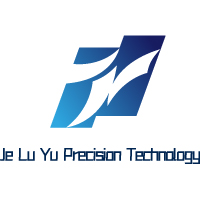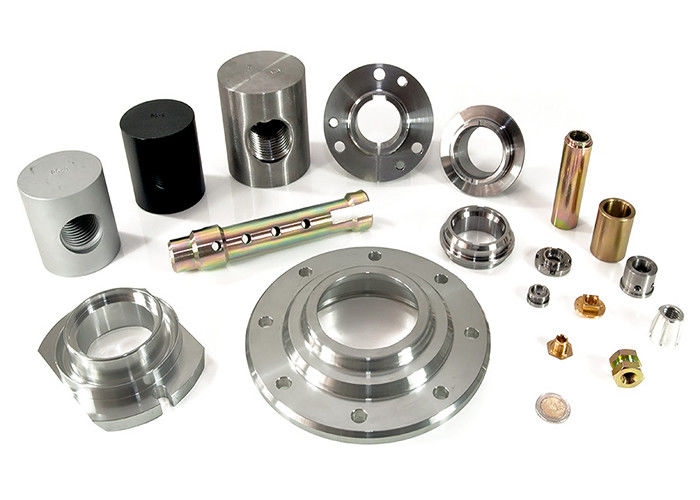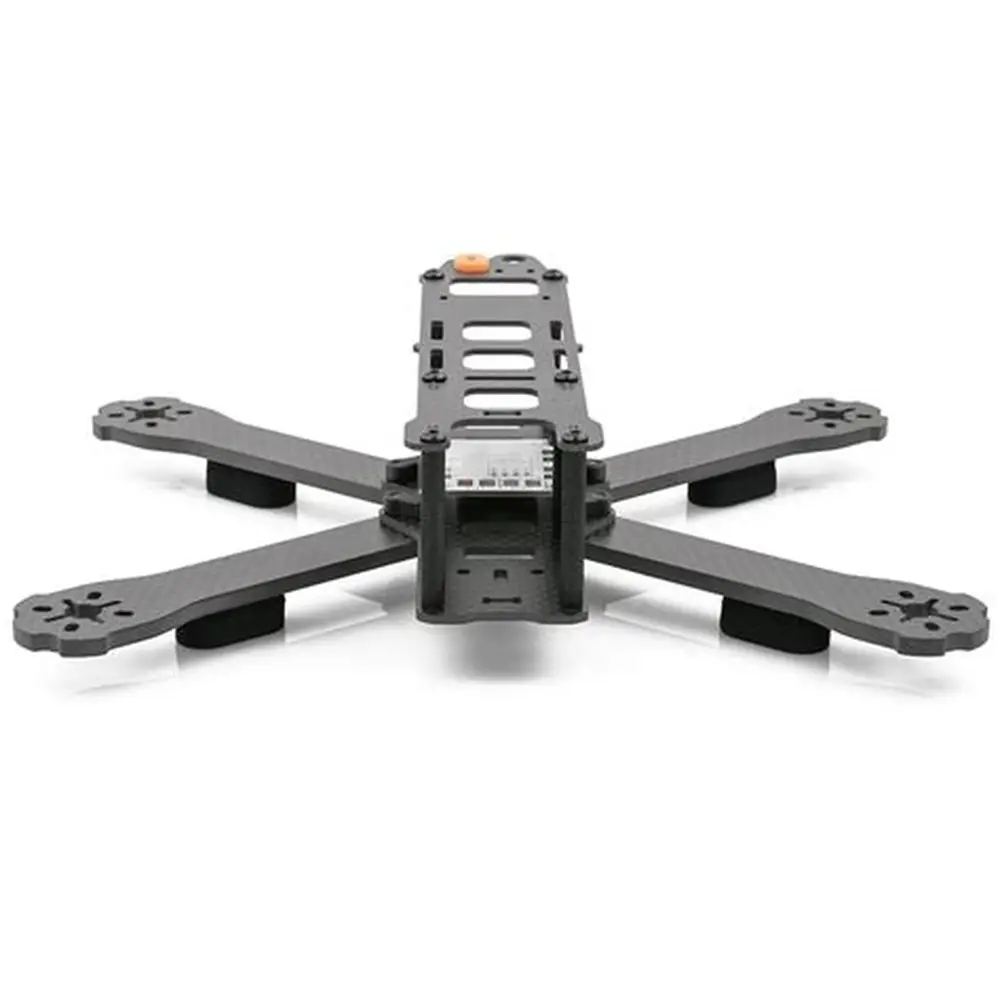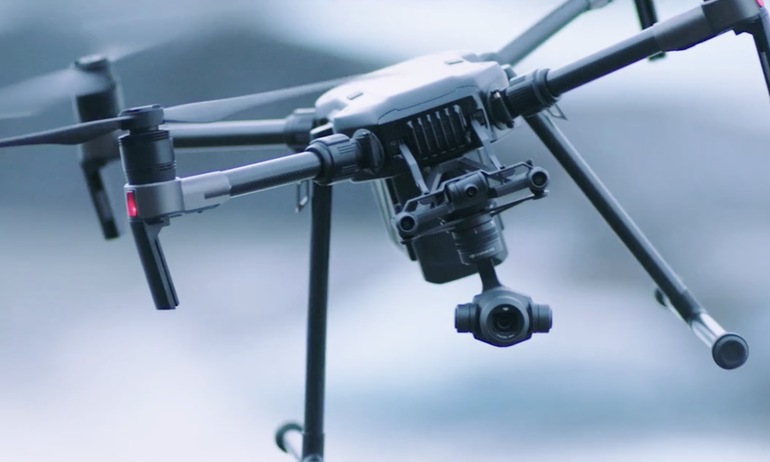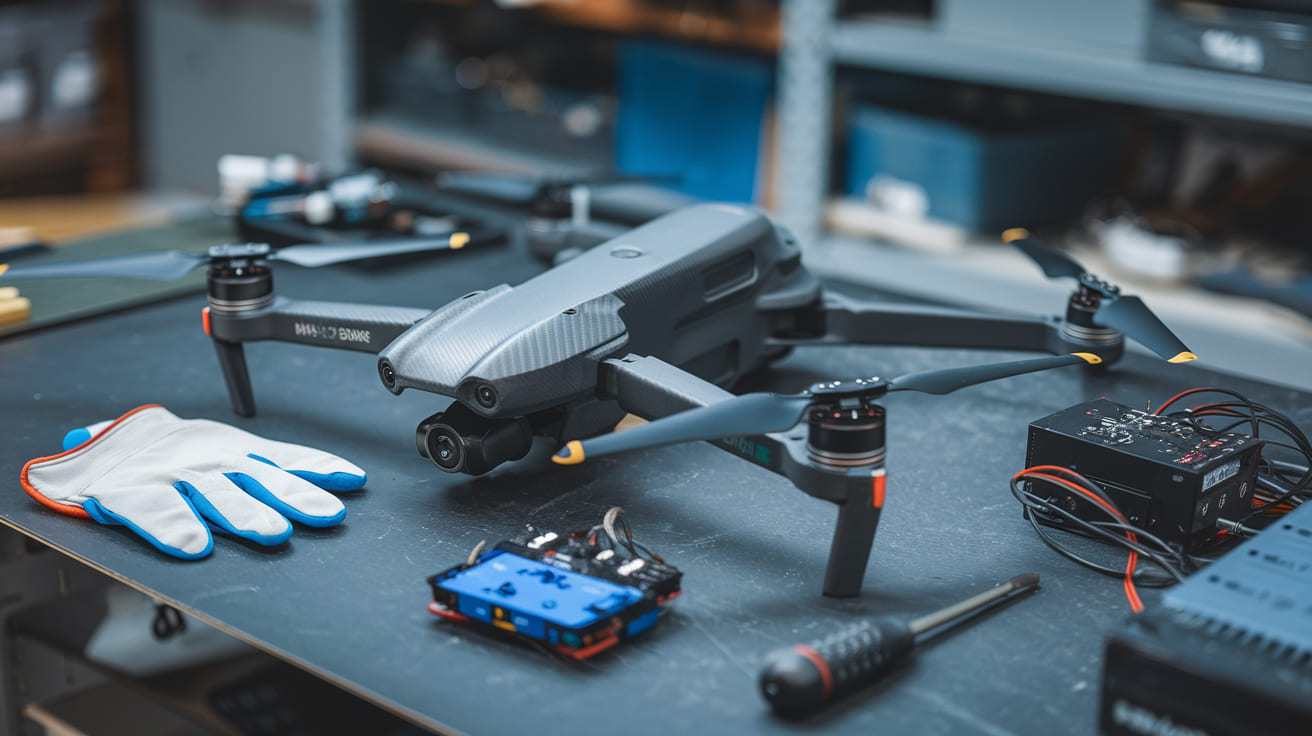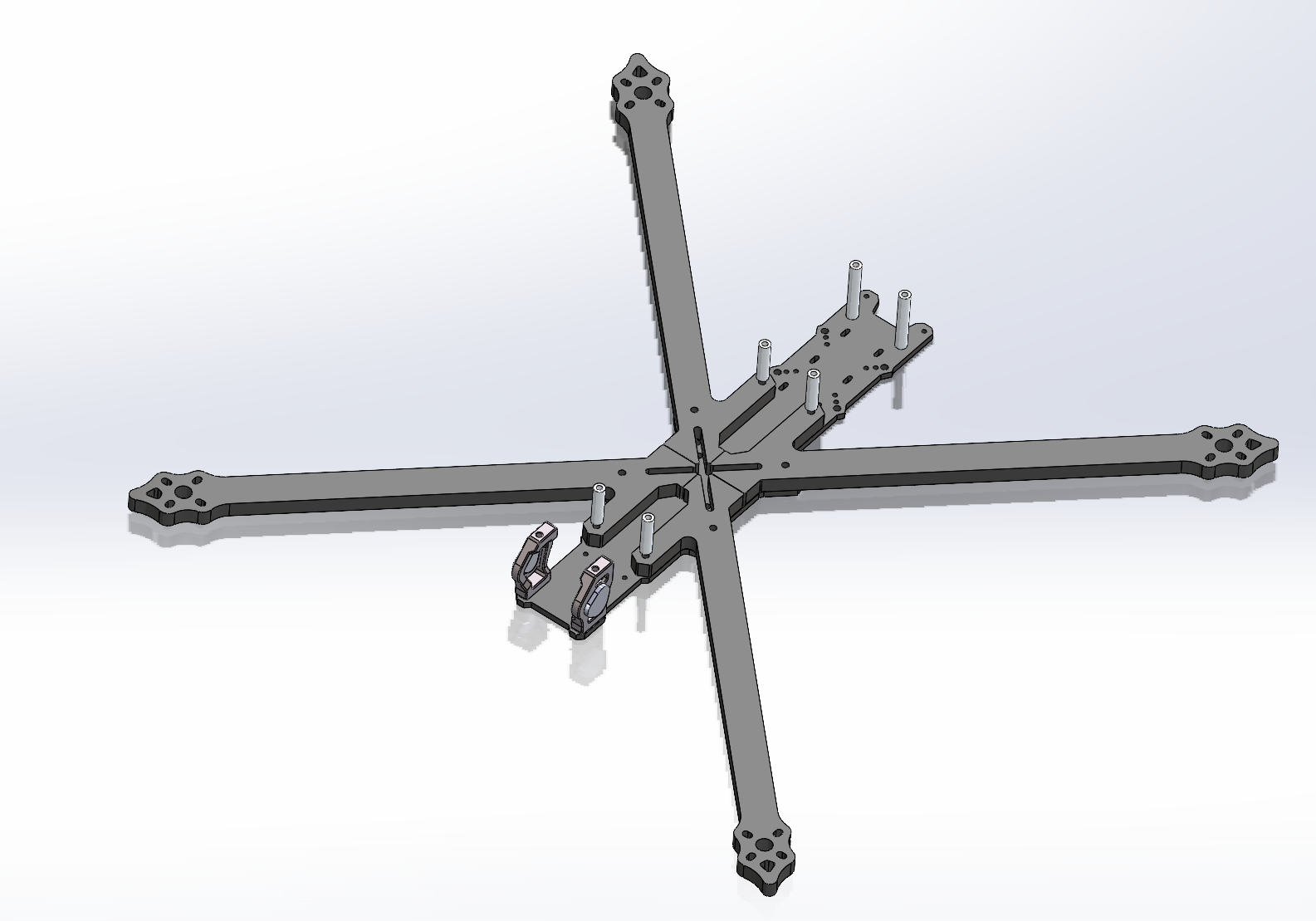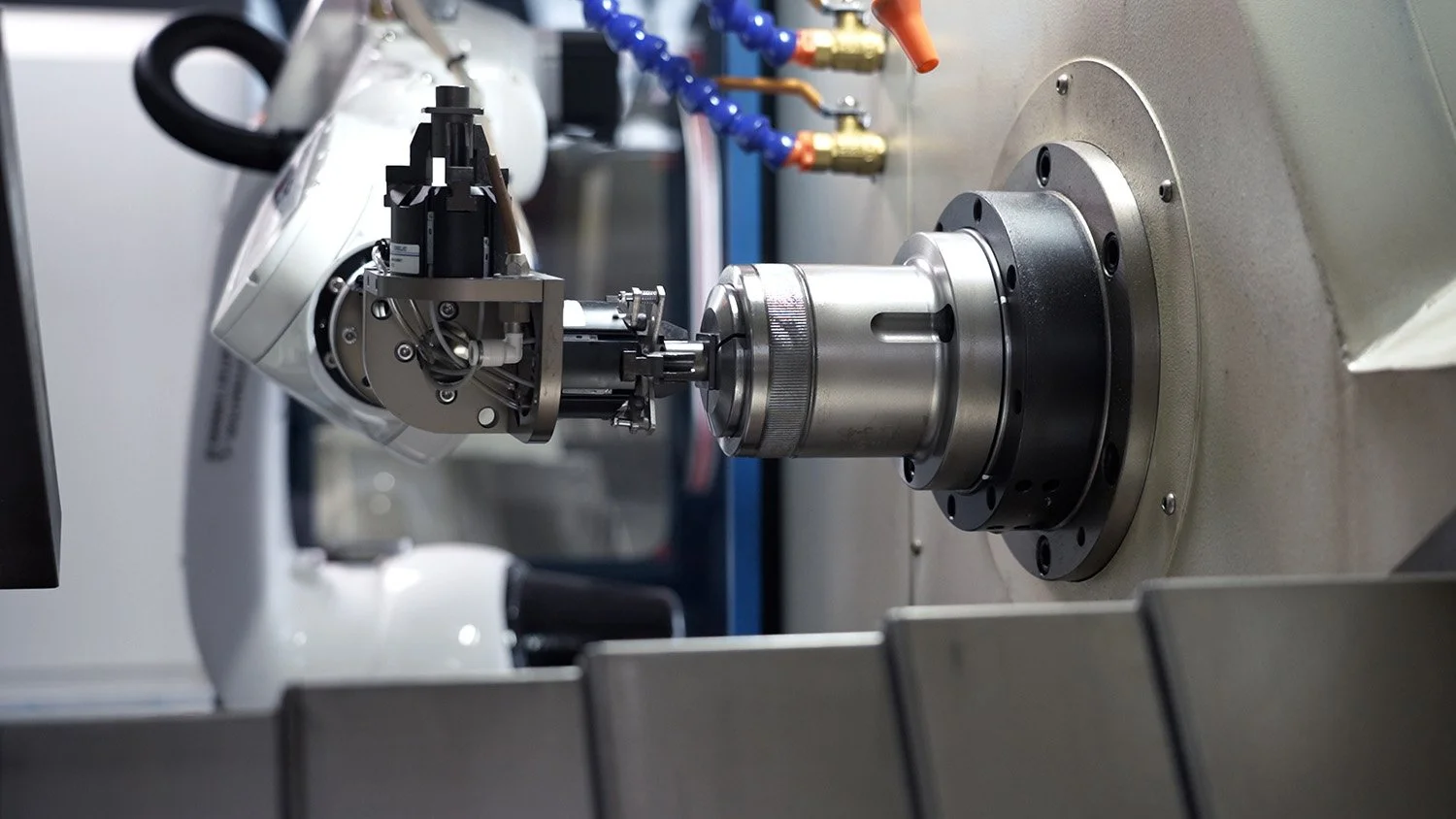The Comprehensive Guide to CNC Machined Parts: Anodizing and Polishing for Superior Surface Finishes
Introduction
In the world of precision manufacturing, CNC machining delivers exceptional dimensional accuracy and complex geometries. However, the journey from raw material to finished component often doesn’t end with machining alone. Surface finishing processes, particularly anodizing and polishing, play a pivotal role in enhancing the functionality, durability, and aesthetics of machined parts. These post-processing techniques transform precision-machined components into high-performance solutions ready for demanding applications across aerospace, medical, automotive, and consumer electronics industries.
This comprehensive guide explores the intricate relationship between CNC machining and the critical surface finishing processes of anodizing and polishing. We’ll delve into technical specifics, material considerations, quality control measures, and explore how these processes combine to create components that meet the highest standards of performance and reliability.
Understanding CNC Machining: The Foundation for Quality Finishes
Computer Numerical Control (CNC) machining is a subtractive manufacturing process that uses computerized controls to operate machine tools including mills, lathes, grinders, and routers. The process begins with digital 3D models that are converted into programming instructions that guide cutting tools to remove material from a solid block, resulting in precisely crafted components with tight tolerances often reaching ±0.005mm or better.
The quality of the initial machining process profoundly impacts the effectiveness of subsequent surface finishing operations. Factors such as tool selection, cutting parameters, surface roughness, and material handling all contribute to the final result after anodizing or polishing.
Key Machining Considerations for Optimal Finishing
-
Surface Roughness Control: Achieving consistent surface texture during machining ensures uniform results during polishing and anodizing
-
Tool Path Optimization: Proper tool paths minimize visible machining marks that might be exaggerated during finishing
-
Deburring: Thorough removal of sharp edges and burrs prevents issues during the finishing processes
-
Material Preservation: Proper cooling and machining techniques prevent surface imperfections that could affect finishing quality
Anodizing: Enhanced Protection and Aesthetics for Metal Parts
Anodizing is an electrochemical process that enhances naturally occurring oxidation on metal surfaces, creating a protective, durable, and often decorative finish. While most commonly applied to aluminum, the process also works with titanium and other non-ferrous metals.
The Anodizing Process: Technical Overview
The anodizing process involves several precise stages:
-
Pre-treatment: This crucial stage involves cleaning to remove impurities and etching to achieve the desired surface texture
-
Electrolytic Treatment: The part is immersed in an acid electrolyte bath (typically sulfuric acid for Type II and III) and serves as the anode (positive electrode)
-
Coloring (optional): The porous anodized layer can be infused with dyes or metallic salts
-
Sealing: The surface pores are closed through hydrothermal sealing or other methods to lock in color and enhance corrosion resistance
Types of Anodizing Processes
Table: Comparison of Anodizing Types for CNC Machined Parts
| Anodizing Type | Thickness Range | Key Characteristics | Common Applications | Standard Reference |
|---|---|---|---|---|
| Type I – Chromic Acid Anodizing | 0.5-1.8 μm | Thinnest coating, provides good corrosion resistance without significantly changing dimensions | Aerospace components, military applications | MIL-A-8625 |
| Type II – Sulfuric Acid Anodizing | 1.8-25 μm | Excellent dye absorption, good corrosion and wear resistance, wide range of colors | Consumer products, architectural components, mechanical parts | MIL-A-8625 |
| Type III – Hard Anodizing | 13-100 μm | Extremely wear-resistant, highest hardness, excellent corrosion protection | High-wear applications, military equipment, industrial machinery | MIL-A-8625 |
Technical Advantages of Anodizing
-
Enhanced Durability: Anodized surfaces can reach hardness levels up to HV 500,
-
Superior Corrosion Resistance: The oxide layer provides exceptional resistance to environmental factors and chemicals
-
Maintained Dimensional Accuracy: Unlike plating, anodizing builds up from the base material with minimal dimensional impact
-
Improved Aesthetic Qualities: Wide color options while maintaining metallic appearance
-
Electrical Insulation: The anodized layer is non-conductive, beneficial for electrical applications
Polishing: Achieving Precision Surface Finishes
Polishing encompasses a range of mechanical and chemical processes that improve surface smoothness, reflectivity, and cleanliness of CNC machined parts. The process removes surface imperfections, reduces roughness, and can achieve near-mirror finishes when required.
Mechanical Polishing Techniques
-
Abrasive Polishing: Uses progressively finer abrasives to remove surface irregularities
-
Buffing: Employing cloth wheels with compound to achieve high-luster finishes
-
Barrel Tumbling: Parts are placed in a rotating barrel with abrasive media for uniform finishing
-
Vibratory Finishing: Similar to tumbling but uses vibration to create surface movement
-
Belt Grinding: Uses abrasive belts for initial surface leveling
Advanced Polishing Methods
Table: Comparison of Precision Polishing Methods
| Polishing Method | Surface Roughness (Ra) | Process Characteristics | Best For | Limitations |
|---|---|---|---|---|
| Mechanical Polishing | 0.1-0.8 μm | Manual or automated abrasive process | Most metals and plastics, complex geometries | Possible slight dimensional changes |
| Electropolishing | 0.05-0.2 μm | Electrochemical process that removes surface material | Stainless steel, aluminum, copper alloys | Limited to conductive materials |
| Chemical Polishing | 0.2-0.8 μm | Chemical immersion process that smoothens surfaces | Complex geometries, batch processing | Chemical handling requirements |
| Magnetic Polishing | 0.1-0.4 μm | Uses magnetic field to control abrasive media | Delicate parts, internal surfaces | Special equipment required |
Electropolishing: Specialized Technique for Metal Parts
Electropolishing is an electrochemical process that removes surface material from metal parts, resulting in a smooth, deburred, and microfinished surface. The process:
-
Removes a controlled layer of surface material (typically 0.0005-0.003 inches)
-
Improves corrosion resistance by forming a protective oxide layer
-
Provides a clean, contaminant-free surface
-
Decreases surface roughness while maintaining dimensional integrity
Combining CNC Machining with Anodizing and Polishing
The integration of precision machining with appropriate finishing processes creates components with exceptional performance characteristics. Understanding the sequence and interaction between these processes is critical for achieving optimal results.
Process Sequencing Considerations
-
Machining → Polishing → Anodizing: The most common sequence for aluminum parts requiring both enhanced appearance and protection
-
Machining → Anodizing → Selective Polishing: For components requiring both anodized protection and specific conductive contact points
-
Machining → Hard Anodizing → Precision Grinding: For components requiring extreme wear resistance with tight tolerances
Design for Manufacturing (DFM) Considerations
Successful integration of machining and finishing requires addressing several design factors:
-
Radii and Edges: Sharp edges and corners can result in thin anodizing layers; appropriate radii ensure uniform coating thickness
-
Dimensional Allowances: Account for material added during anodizing (typically 0.5-50% of the coating thickness penetrates the original dimension)
-
Masking Requirements: Identify areas that must remain free of anodizing for electrical contact or assembly purposes
-
Surface Consistency: Uniform surface finishes ensure consistent appearance after anodizing
-
Venting Features: For parts with blind holes or cavities that might trap processing solutions
Material Selection for Optimal Finishing Results
Different materials respond uniquely to machining, polishing, and anodizing processes. Understanding these interactions is crucial for selecting the right material for your application.
Aluminum Alloys for Anodizing
Table: Aluminum Alloys and Their Anodizing Characteristics
| Aluminum Alloy | Anodizing Characteristics | Best Applications | Finishing Considerations |
|---|---|---|---|
| 6061 | Excellent anodizing qualities, uniform appearance, takes dye well | General purpose parts, structural components | Machines well, good strength-to-weight ratio |
| 6063 | Very good for architectural applications, excellent coloring characteristics | Extruded parts, architectural elements | Excellent extrudability, good surface finish |
| 7075 | Hard anodizing provides excellent wear resistance | Aerospace components, high-stress parts | High strength, may require specialized dyes |
| 2024 | Contains copper which can affect color uniformity, better for hard coat | Aerospace applications, structural components | High strength, may darken during anodizing |
Stainless Steel Finishing Considerations
While stainless steel doesn’t anodize like aluminum, it benefits from specialized finishing processes:
-
Passivation: Chemical treatment that enhances natural corrosion resistance
-
Electropolishing: Removes surface impurities while improving corrosion resistance
-
Various plating options: Including nickel, chrome, and specialty coatings
Quality Control and Inspection Techniques
Maintaining consistent quality across machining and finishing operations requires comprehensive inspection protocols often adhering to ISO 9001 and industry-specific standards like AS9100 (aerospace) and ISO 13485 (medical).
Dimensional Verification
-
Coordinate Measuring Machines (CMM): For precise dimensional analysis of complex geometries
-
Optical Comparators: For rapid 2D profile inspection
-
Specialized Gaging: For critical feature verification
Surface Quality Assessment
-
Surface Roughness Testers: Quantify surface texture using parameters like Ra, Rz, and Rmax
-
Visual Inspection: Under controlled lighting conditions for appearance quality
-
Gloss Meters: For quantifying surface reflectivity
Coating Quality Verification
-
Coating Thickness Testers: Using ultrasonic or electromagnetic principles
-
Salt Spray Testing: Assessing corrosion resistance per ASTM B117
-
Adhesion Testing: Using tape tests or scrape adhesion methods
-
Color Consistency Evaluation: Using spectrophotometers for critical color applications
Applications Across Industries
The combination of precision CNC machining with anodizing and polishing serves numerous industries where performance, durability, and aesthetics are paramount.
Aerospace Industry
Aerospace applications demand components with exceptional performance under extreme conditions:
-
Structural Components: Anodized for corrosion resistance and improved fatigue life
-
Interior Components: Polished for aesthetic appeal and easy cleaning
-
Actuation Systems: Hard anodized for wear resistance in moving components
Medical Equipment
The medical industry benefits from finished components through:
-
Enhanced Cleanability: Smooth, polished surfaces resist bacterial adhesion
-
Chemical Resistance: Withstanding repeated sterilization cycles
-
Biocompatibility: Anodized finishes that are non-toxic and body-safe
Consumer Electronics
Finished components are prevalent in consumer electronics due to:
-
Excellent Aesthetic Qualities: Premium appearance with consistent coloration
-
Durability: Resistance to daily wear and environmental exposure
-
Customization: Wide color options through anodizing
Industrial and Automation Equipment
Industrial applications leverage finished components for:
-
Wear Resistance: Extended service life in moving assemblies
-
Corrosion Protection: Performance in harsh environments
-
Low Maintenance: Reduced downtime and maintenance costs
Case Studies: Real-World Applications
Case Study 1: Aerospace Sensor Housing
Challenge: Produce a lightweight yet durable housing for aerospace sensors requiring EMI/RFI shielding, corrosion resistance, and ability to withstand extreme environmental conditions while maintaining precise dimensional tolerances.
Solution:
-
CNC machining from 7075 aluminum alloy for strength-to-weight ratio
-
Precision polishing to Ra 0.4μm for all exposed surfaces
-
Type III hard anodizing for maximum wear and corrosion resistance
-
Selective masking to maintain electrical connectivity at mounting points
Results: Components met all aerospace specifications for performance and durability while reducing weight compared to previous designs using stainless steel. The hard anodized finish provided exceptional wear resistance in high-vibration environments.
Case Study 2: Medical Device Component
Challenge: Create a surgical instrument component requiring repeated sterilization, chemical resistance, precise operation, aesthetic appeal, and biocompatibility.
Solution:
-
CNC machining from 6061 aluminum alloy
-
Mechanical polishing to Ra 0.2μm for easy cleaning and bacteria resistance
-
Type II anodizing with specific dye formulation for color matching
-
Enhanced sealing process for maximum corrosion resistance against sterilization chemicals
Results: Instrument components met all medical requirements for performance, durability, and aesthetics, with improved service life compared to previous versions. The smooth polished surface facilitated cleaning and sterilization between procedures.
Case Study 3: High-Performance Automotive Component
Challenge: Produce an automotive intake manifold requiring heat dissipation, chemical resistance to fuels, and aesthetic appeal for visible components.
Solution:
-
CNC machining from 6061 aluminum
-
Media blasting for uniform matte surface texture
-
Type II anodizing with custom color matching
-
Precision masking for branding and identification markings
Results: The component achieved all technical requirements while providing the desired aesthetic quality. The anodized finish resisted degradation from under-hood temperatures and exposure to automotive fluids.
Technical Challenges and Solutions
Addressing Anodizing Defects
Despite careful processing, anodizing defects can occur. Common issues and their solutions include:
-
Color Variation: Caused by inconsistent electrolyte temperature or current density. Solution: Implement precise process controls and batch processing.
-
Streaks or Spots: Often result from inadequate cleaning before anodizing. Solution: Enhance pre-treatment cleaning protocols.
-
Burn Marks: Caused by excessive current density or poor part agitation. Solution: Optimize racking design and current density.
Overcoming Polishing Challenges
-
Edge Rounding: Excessive material removal at sharp edges. Solution: Implement specialized fixturing and process controls.
-
Surface Inconsistency: Variation in finish quality across complex geometries. Solution: Utilize multi-stage polishing with customized tooling.
-
Embedded Abrasives: Contamination from polishing media. Solution: Implement thorough cleaning between stages and use appropriate media.
Future Trends in Surface Finishing
The field of surface finishing continues to evolve with several emerging trends:
-
Environmental Compliance: Development of more environmentally friendly processes with reduced energy consumption and waste production
-
Digital Integration: IoT-enabled monitoring of finishing processes for improved quality control
-
Advanced Coating Technologies: Development of nanocomposite coatings with enhanced properties
-
Automation: Increased automation in finishing processes for improved consistency and reduced labor costs
-
Sustainable Practices: Water recycling and recovery systems for finishing operations
Conclusion: The Value of Integrated Machining and Finishing
The combination of precision CNC machining with specialized anodizing and polishing processes represents a powerful synergy between dimensional accuracy and enhanced surface properties. This integration creates components with exceptional durability, corrosion resistance, aesthetic appeal, and performance characteristics that meet the demanding requirements of modern industrial applications.
Success in today’s competitive manufacturing environment requires not only advanced machining capabilities but also expertise in finishing processes and how they interact with different materials and part geometries. By understanding the technical considerations, design requirements, and process parameters outlined in this guide, engineers, designers, and procurement professionals can make informed decisions that optimize both performance and value for their specific applications.
The future of manufacturing will continue to rely on such integrated approaches, where machining and finishing are considered as interconnected elements in the manufacturing value chain rather than as separate operations. This holistic approach enables the production of components that meet increasingly stringent requirements for performance, durability, and sustainability across diverse industries.
